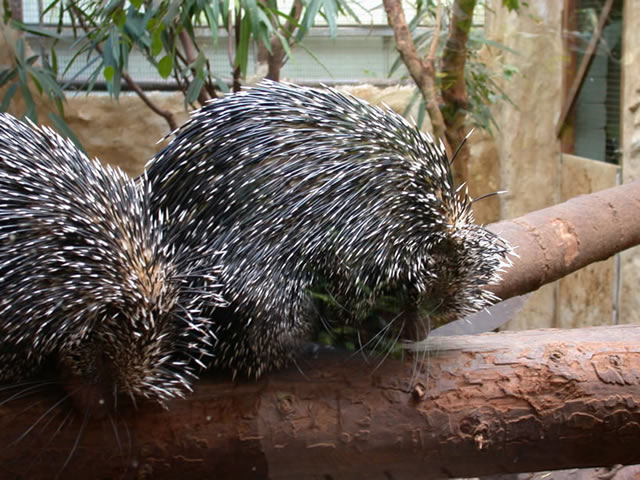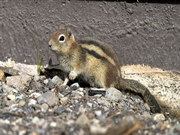Porcupine Control

There are three basic components to porcupine control: repellent, exclusion, and trapping. Depending on your situation a combination of all three may be necessary for complete porcupine control.
Most porcupine complaints result from plant or tree damage or pet injury. People don’t want porcupines chewing up their trees or leaving Rover with a face full of quills. When porcupines encroach on private property, homeowners look for the most effective porcupine control available.
You will see so-called repellents using predator urine and similar ingredients that claim to keep away porcupines. While they sound good, they generally don’t work. People contact us all the time complaining that they have spent so much money and so much time trying out over-the-counter repellents and have only received more property damage for their trouble.
Exclusion can include fencing entire sections of property, or protecting individual plant, bush or tree specimens. Any fencing used must not be climbable by the good-at-climbing porcupines and needs to actually provide the protection you are seeking. Even good fencing materials will not provide protection if installed incorrectly.
Porcupine trapping may seem extreme, but can be the only effective way to get rid of these determined animals. Live traps and kill traps are available and must be used in accordance with local laws and ordinances. Relocation of live wild animals is not allowed without a permit. Relocation can harm both the relocated animal and the area to which it is being located if not done correctly. Just driving out a ways and dumping an animal off is both illegal and inhumane.
Porcupine control, like many wild animal issues, is best handled by a professional with materials, skill and experience to do the job right. Whether you prefer repellent, exclusion or trapping, a professional will do the job right and leave your property porcupine free.

 1-888-488-7720
1-888-488-7720































